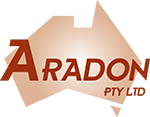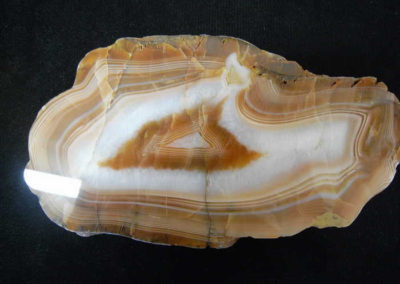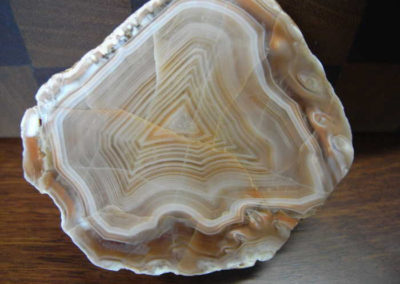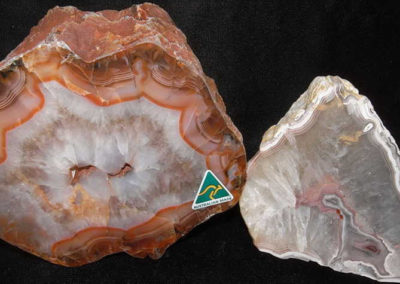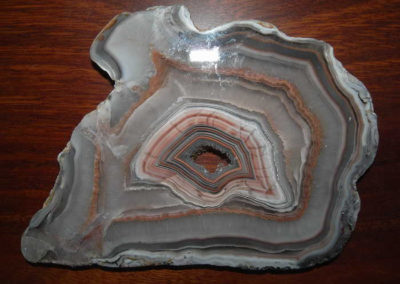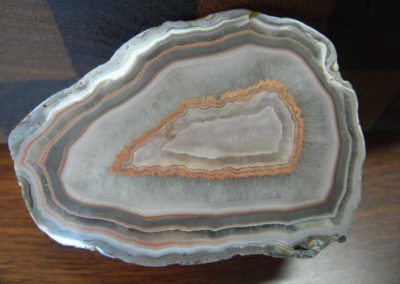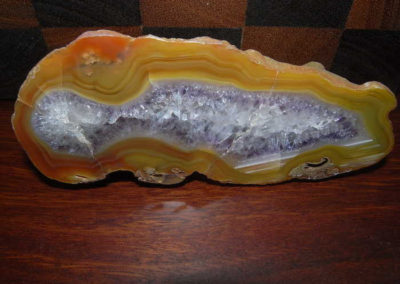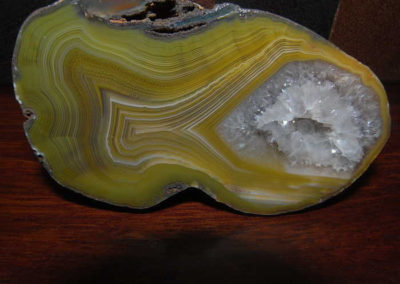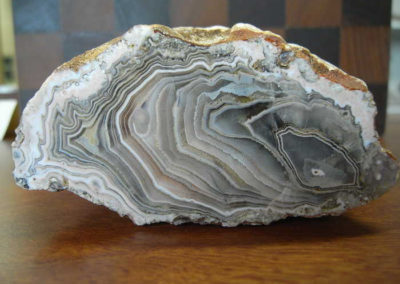Agate is a variety of Chalcedony and belongs to a large group of minerals of which Quartz is the most important.
Agate is composed of microcrystalline fibrous silica and displays patterns of coloured bands, layers, or scenes. The presence of small amounts of minerals, such as Iron, Copper, Chromium, Nickel and Manganese, is responsible for the variety of colours in Agate, which has a hardness of 6.5 – 7. Most agates occur as nodules in volcanic rocks or ancient lavas, where hot, percolating silica rich waters have deposited successive layers of siliceous minerals within the amygdales or voids in the lavas.
The stone was given its name by Theophrastus, a Greek philosopher and naturalist, who discovered the stone along the shore line of the river Achates, sometime between the 4th and 3rd centuries BC.
Agate has many varieties, some of the more common being Banded Agate, Eye Agate, Moss Agate, Rainbow Agate and Onyx. Agate is widely used for jewellery making, cameos, carvings and ornamental items.
In Australia, most states have occurrences of Agate. The best known types and locations are Agate Creek Agates from Agate Creek in North Queensland, Northern Territory Agates from the Wave Hill, Camfield and Victoria River Downs areas, Pilbara Agates from locations near Nullagine and Newman and Lune River Agate from Tasmania. Many more locations, too numerous to mention, can be found across Australia.
